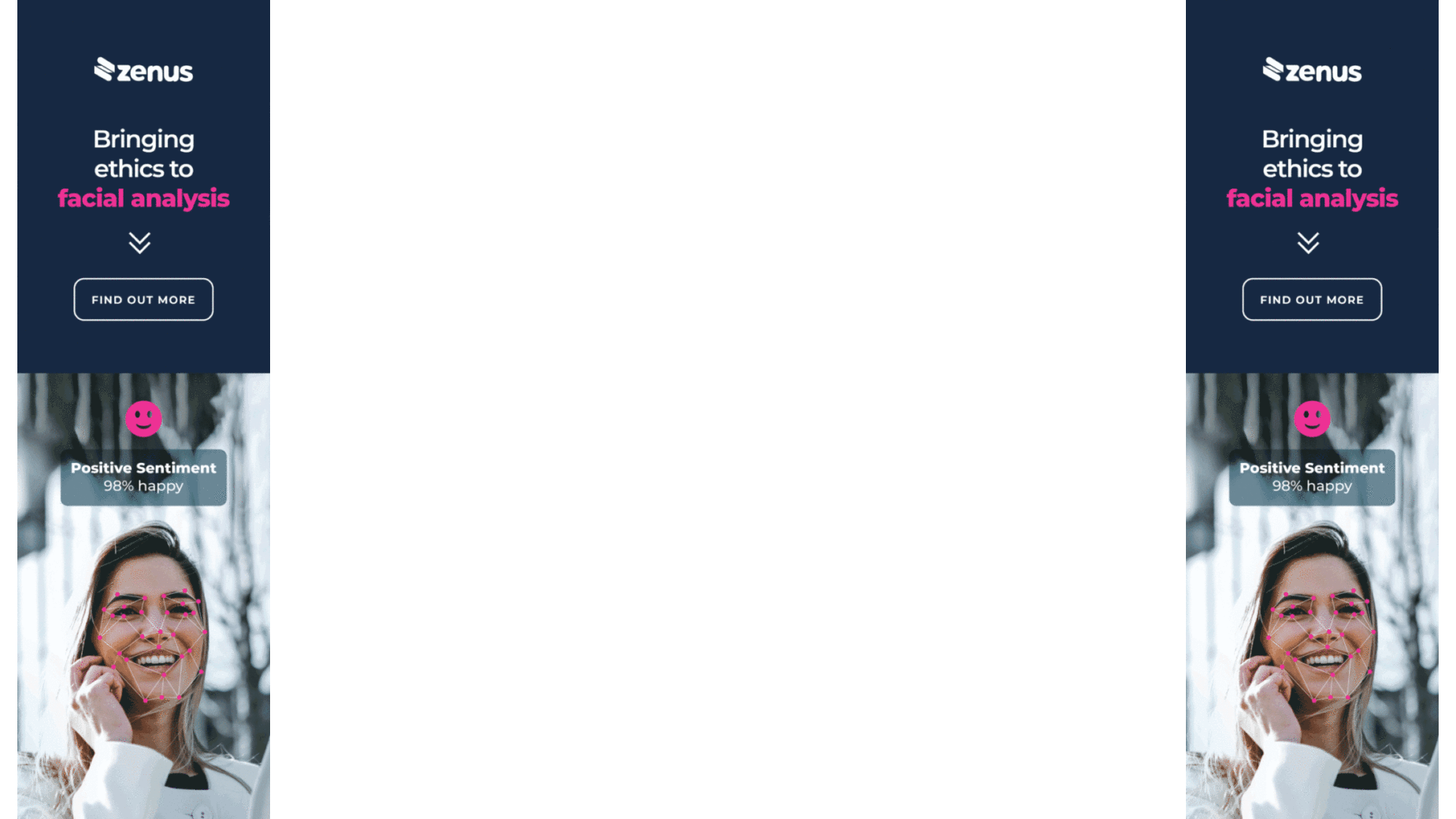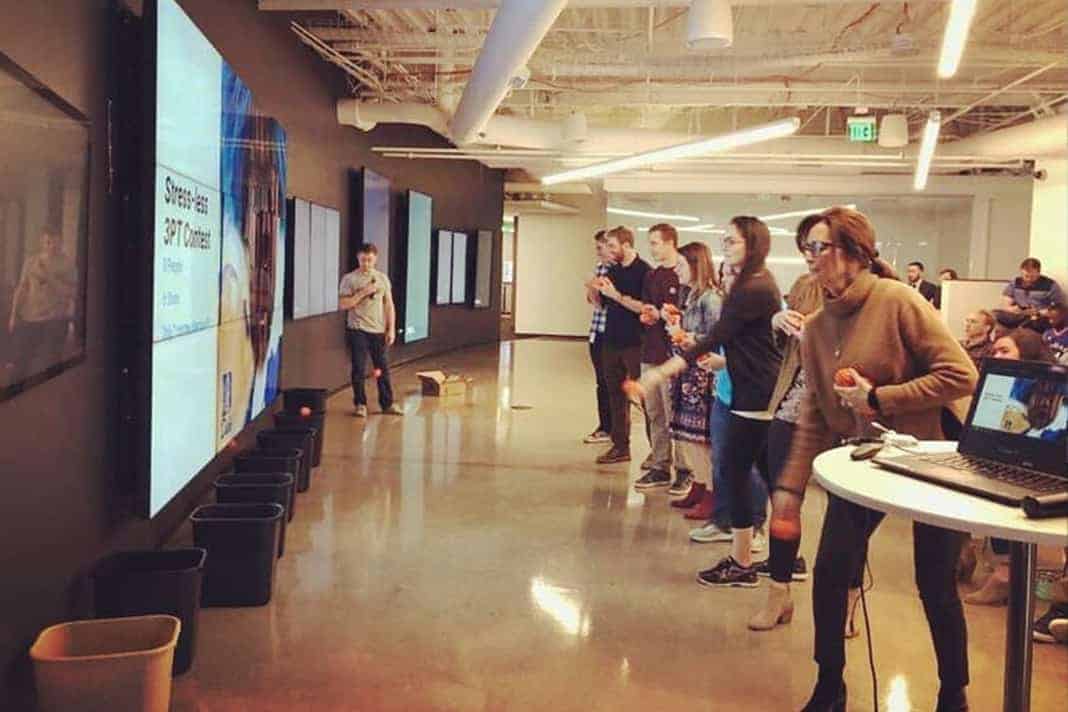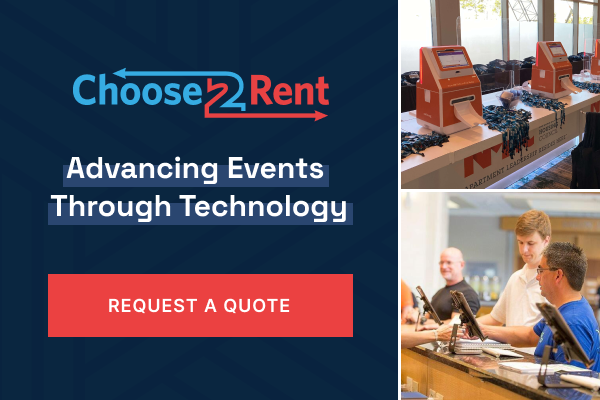By David Levin, CEO, Four Winds Interactive
There was a time, not too long ago, where events were almost entirely analogue. Event attendees walked around with notebooks full of takeaways and bullet points from sessions, and perhaps even some business cards.
Today’s events have taken all of that material and content—and even our inner monologue—and put it out into the public view. Everything from the items to remember from a speech, questions from the audience and comments posted to social media are often displayed for all event attendees to see, and, in this share-centric era, lots of pictures too.
The entire event experience has evolved beyond the old days, which felt more like a ‘retreat’ to something that has sizzle. Events are much more stimulating and interactive: if event planners aren’t able to provide a truly exceptional, immersive experience, people won’t come.
The event planning game has changed forever and having both attended and put on conferences recently, I can say that it’s changed for the better.
However, given all of the new tools at an event planner’s disposal, what is considered state-of-the-art today? Some of the people on the front lines, like Frank Manchen, area director of sales and marketing for the Hilton Hotels of San Francisco Union Square and Brad Schumacher, area director, venues with event services firm PSAV,say the boundaries are being pushed in ways that stretch the imagination. I’ve worked with both long enough to know that they have their pulse on the latest trends in the industry, and—full disclosure—they’re FWI clients.
Execution matters more than ever
For many event planners, the entire engagement hinges on the “wow” factor. Event planners want immersive experiences. Venue operators, whether they’re running a convention centre or a hotel with convention space, need to have A/V partners that can do amazing things and can top what’s out there already.
“We like to think of the hotel like a car, and event technology as the gas that allows you to drive that car around,” Schumacher says. “As providers, we’re in the background but everything AV does is right out in front, driving home that memorable experience. The best venue partnerships have AV services involved very early and very often.”
With this in mind, most event planners today include the production team in the decision-making process, making sure that the venue, the space, and the capabilities on hand can ultimately deliver on the vision that they are trying to create.
AV is no longer a simple conversation. Planners come to the table knowing the content that they want to deliver and the feeling they want to convey, but they may not know how to translate that into a plan on the ground. There needs to be a creative translation layer that can hear the needs of the planner and make that vision a reality, everywhere from the general session to breakout rooms, to branding opportunities in public areas and more. Having the production team on board from day one makes it easier to determine what’s possible and what isn’t right from the start.
Branding opportunities are top of mind
“The philosophy now for events is very heavily focused on branding, and the more digital real estate that a property or venue has, the more flexible the content can be to support those efforts,” Manchen told me. “We’re living in a world now where you can generate content on the fly and change it over as soon as your breakout sessions change. Or you can create specialty video that’s up on every video wall during coffee breaks but changes out by the end of the day. The list goes on, and venues need to enable those kinds of takeovers.”
More and more, the questions coming from event planners revolve around how much digital surface area is available and how easy it is to leverage custom content. For planners looking at branding and messaging, digital real estate is worth its weight in gold. Digital signage just provides so much flexibility, making it easy for event planners to transform any venue into an immersive conference experience. And it’s still a channel that’s being underutilized.
Seamless integration matters
“As attention spans, unfortunately, get shorter, digital signage is becoming a way to glue together all the different sessions throughout the conference,” says Schumacher. “That’s how event planners are now integrating what could otherwise be very distributed events, with everyone buried in their laptops or their phones. So, if I’m leaving a general session or a keynote, I can see key takeaways streamed to the digital signage out in the common space or even delivered to my phone. That kind of seamless integration between rooms is extremely important when you’re trying to deliver an impactful message.”
It’s straight out of the public speaking playbook. If you want your audience to remember your message, start out by telling them what you’re going to share, share it, and then remind them at the end what it was that you shared. Well-placed digital signage can turn the entire event venue into an integrated learning experience when used this way.
The event doesn’t end at the venue door
“We’ve had great results placing iPads in every attendee’s hotel room that have been preloaded with the same content and messaging that attendees are seeing at the event,” Manchen let me know. “No one can resist them; we see engagement rates over 90%, and all we’re doing is taking the event messaging and supporting it in the guestrooms.Whether they’re waking up in the morning and taking a quick look at the agenda, checking out content that was shared from the previous day’s session, or watching add-on content, this sort of on-demand functionality is becoming something that attendees expect.”
And that’s just the start of what these personal experience tools can do, pointing attendees to after-hours events, networking opportunities, local culture and more. Best of all, the content on these devices can be updated on the fly, so it will never be outdated.
At the end of the day, new technologies and new capabilities are driving these changes to the event planning industry. And it couldn’t be happening at a better time. As people become more and more isolated in their own little bubbles, the opportunity to create a unified experience across an entire convention audience is more powerful than ever.
By using these new tools, event planners are redefining what’s possible with live events, simultaneously making them more valuable and impactful for all involved.










